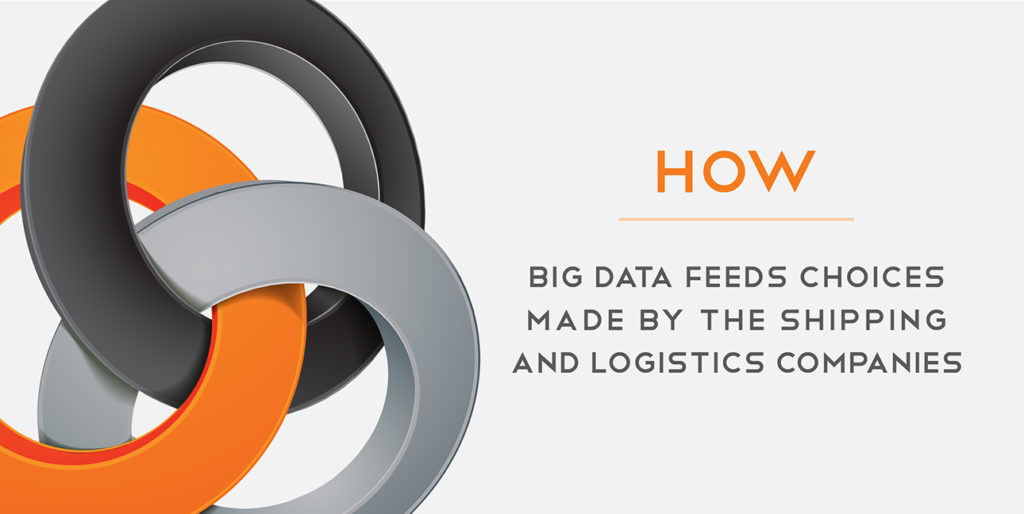As logistics managers, we pride ourselves on staying up-to-date on supply chains. We work with our clients to understand their unique needs and create compelling solutions, and to do that, we need information…lots of information.
Luckily for us, those of us in logistics LOVE data and have been gathering it for years. From weather conditions to cargo weight and route speeds, the information is all there and it’s called big data. Today, instead of hoarding this data, shipping and logistics companies are using it to fuel decisions.
A recent study by the Council of Supply Chain Management Professionals shows that 98 percent of third-party logistics firms and 93 percent of shippers feel that data-driven decision making is key to supply chain activities.
Data surrounding shipping times, cargo weight, weather patterns and traffic can lead to:
- Greater transparency in supply chains
- Optimized routes
- Greater reliability
- Automated supply chains
We’ve already seen how data can support the end-user by offering delivery and route information to the consumer, but these same techniques can be applied to the logistics industry.
Decisions around the following areas could be determined by the data that has been gathered over the years.
Routes
Did you know that UPS drivers don’t make left turns? While this is geared toward the end-consumer industry, it’s a great example of the choices that data can inspire. UPS found that by eliminating left turns it “uses 10m gallons less fuel, emits 20,000 tonnes less carbon dioxide and delivers 350,000 more packages every year.” They now only make left turns about 10% of the time. How many of us can say that?
On a larger scale, optimizing routes can save money and avoid late shipments. Combining data gathered from sensors on vehicles, weather, maintenance schedules, personnel schedules and more, can show trends that affect routes and delivery times.
Sensitive Goods Shipping
If you’re shipping perishable or fresh goods, getting them delivered on time is imperative, and delayed shipping can result in lost products and lost profits. Big data and the Internet of Things can combine to track the temperature inside a vehicle and monitor the quality of the goods. Data gathered about the product, combined with data about the route, could show operators and drivers the best route to take to ensure a quality product is delivered.
Down Time
Data gathered over a long period of time can also indicate trends like busy times and slow times. Companies can then use this information to take proper steps and precautions, like making sure they have enough staff and bandwidth to handle a busy time.
These are just a few of the ways that big data is fueling the choices made by those in the shipping industry. Your supply chain runs on strong communication and innovative technology. We strive to be on top of that technology. We will be watching the implementation of big data into supply chains and working to give our clients the results they expect.

